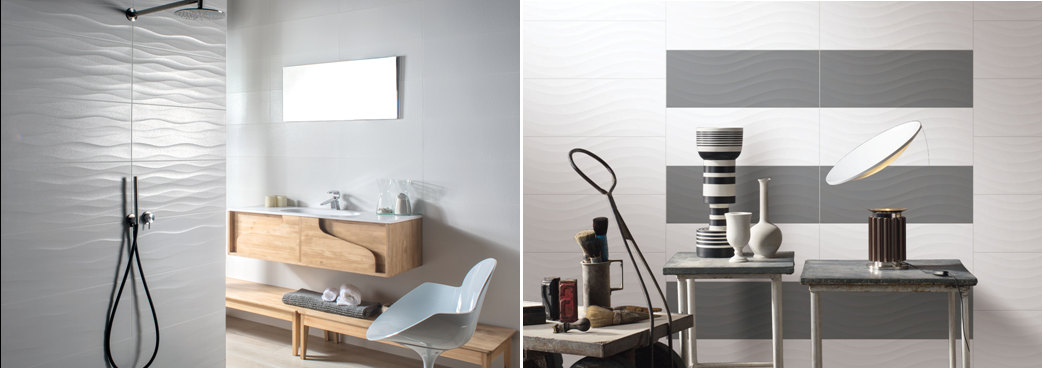Like the photodiode, the phototransistor housing also has a transparent window to receive light. Different between photodiode (LED) and phototransistor Photodiode and phototransistor are photosensitive devices widely used in electronic circuits. A photodiode has the same PN junction as a normal diode. The difference is that there is a transparent window on the outer surface of the photodiode to receive light and realize photoelectric conversion. The symbol in the circuit diagram is generally VD. In addition to the photoelectric conversion function, the phototransistor also has an amplification function, and the character symbol is generally VT in the circuit diagram. Since the phototransistor is an optical signal, there are usually only two pin lines of the collector and the emitter. Like the photodiode, the phototransistor housing also has a transparent window to receive light.
Phototransistor detection:
The longer of the phototransistor is the emitter and the other is the collector. When testing, first select a black cloth to cover the receiving window, set the multimeter to R*1 K block, and connect the two pens to the two pins. The measured result is that the hands are not moving (resistance infinity). After removing the blackout cloth, the multimeter The pointer is deflected to the right to 15K~35K, and the greater the angle of deflection, the higher the sensitivity.
Test results Photodiodes and phototransistors that meet the above rules can be initially considered to meet the needs of use.
The shape of the photodiode and the phototransistor casing are basically the same, and the determination method is as follows:
Cover the window, select the multimeter R*1K block, measure the positive and negative resistance between the two pin leads, and the infinity is the phototransistor. The positive and negative resistance values ​​are large and small for photodiodes.
Photodiode detection: First, the pole is judged according to the mark on the outer casing. The pin with the color point on the outer casing or the pin near the pipe key is the positive pole, and the other pin is the load. If there is no mark, a black cloth can be used to cover the window for receiving the light signal. The multimeter is set to R*1 K to measure the positive and negative poles, and the forward resistance should be between 10K and 20K. The reverse resistance should be Infinity, the needle does not move. Then remove the blackout cloth, the photodiode receiving window is facing the light source. At this time, the multimeter's hand should be deflected to the right. The deflection angle indicates the sensitivity. The larger the deflection angle, the higher the sensitivity.
For each customer with a full-time "purchasing secretary", you ask for the demand, the secretary will provide you with a procurement plan within 1 hour! Pingshang has established the industry's first "Procurement Technology Guidance Center" to answer your questions for free and help you choose the most suitable product! Free samples for engineers, free trials, free technical follow-up guidance services!
Copyright: http:// (Pingshang Technology) Reprint, please indicate the source
Http://news.chinawj.com.cn Submission:
Phototransistor detection:
The longer of the phototransistor is the emitter and the other is the collector. When testing, first select a black cloth to cover the receiving window, set the multimeter to R*1 K block, and connect the two pens to the two pins. The measured result is that the hands are not moving (resistance infinity). After removing the blackout cloth, the multimeter The pointer is deflected to the right to 15K~35K, and the greater the angle of deflection, the higher the sensitivity.
Test results Photodiodes and phototransistors that meet the above rules can be initially considered to meet the needs of use.
The shape of the photodiode and the phototransistor casing are basically the same, and the determination method is as follows:
Cover the window, select the multimeter R*1K block, measure the positive and negative resistance between the two pin leads, and the infinity is the phototransistor. The positive and negative resistance values ​​are large and small for photodiodes.
Photodiode detection: First, the pole is judged according to the mark on the outer casing. The pin with the color point on the outer casing or the pin near the pipe key is the positive pole, and the other pin is the load. If there is no mark, a black cloth can be used to cover the window for receiving the light signal. The multimeter is set to R*1 K to measure the positive and negative poles, and the forward resistance should be between 10K and 20K. The reverse resistance should be Infinity, the needle does not move. Then remove the blackout cloth, the photodiode receiving window is facing the light source. At this time, the multimeter's hand should be deflected to the right. The deflection angle indicates the sensitivity. The larger the deflection angle, the higher the sensitivity.
For each customer with a full-time "purchasing secretary", you ask for the demand, the secretary will provide you with a procurement plan within 1 hour! Pingshang has established the industry's first "Procurement Technology Guidance Center" to answer your questions for free and help you choose the most suitable product! Free samples for engineers, free trials, free technical follow-up guidance services!
Copyright: http:// (Pingshang Technology) Reprint, please indicate the source
Http://news.chinawj.com.cn Submission:
30x80cm Pure color wall tile is a popular and modern style in bathroom and kitchen decoration. it's waterproof protection and good acid resistance.Black and White modern and popular color which loved by many customers.

1. Have good Anti-bacterial and acid-resistant.
2.It is Waterproof and anti-slip.
3. Enjoy the 3D stereo feeling of wall tiles in bathroom or kitchen.
Pure Color Wall Tiles,White Ceramci Tiles,Wall Ceramic Tile,Black Ceramic Tiles
Foshan Castel IMP&EXP Co.,Ltd , https://www.fscastel.com